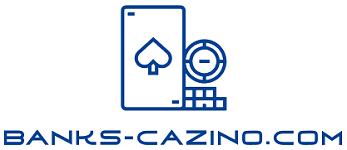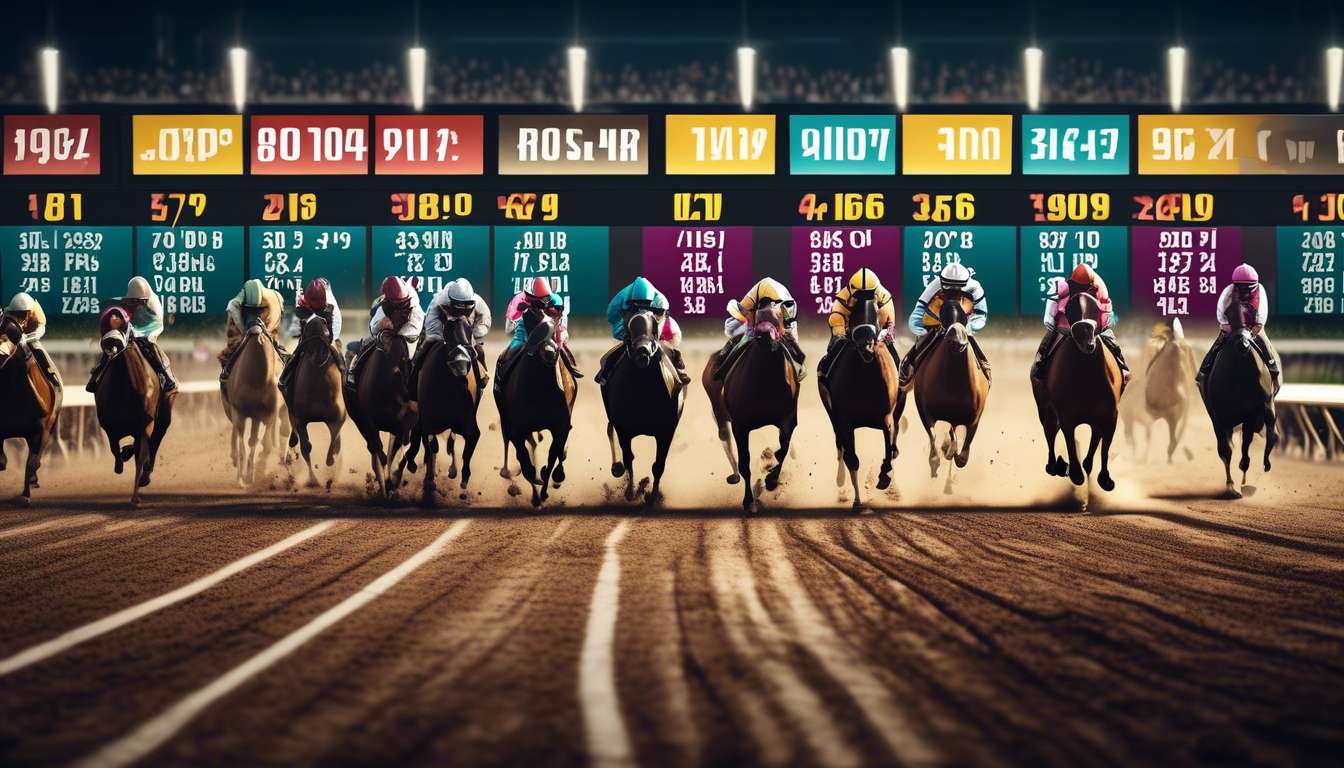In the thrilling world of horse racing, we find ourselves captivated by the thunderous gallop of hooves and the anticipation of the finish line. Yet, beyond the spectacle lies the intricate art of understanding odds—a skill that can transform our race day experience from mere spectatorship to strategic engagement.
Understanding Odds
Together, we embark on a journey to demystify the numbers and symbols that hold the key to informed betting. As we delve into the nuances of fractional and decimal odds, we’ll explore how these figures reflect a horse’s chances of winning and the potential returns on our wagers.
Types of Odds
-
Fractional Odds: Commonly used in the UK, these odds show the ratio of the profit to the stake. For example, 5/1 means for every $1 wagered, you gain $5 if you win.
-
Decimal Odds: More popular in Europe, these represent the total payout rather than just the profit. For example, odds of 6.0 mean you receive $6 for every $1 wagered, including your stake.
Empowering Ourselves
With a shared curiosity, we aim to empower ourselves with the knowledge to interpret the odds like seasoned punters. This understanding enhances both our enjoyment and our betting acumen.
Through this article, we’ll uncover insights that can make our next trip to the racetrack not just a day of excitement, but a calculated adventure.
The Basics of Odds
Understanding the basics of odds is crucial for anyone looking to successfully navigate the world of horse racing. Odds are more than just numbers; they’re our gateway to comprehending the likelihood of an event happening and the potential payout we’ll receive if our bet is successful. When we talk about odds, we’re essentially discussing probability—how likely it is that a particular horse will win.
In horse racing, odds are a reflection of the betting public’s collective wisdom and can guide us in making informed choices. By understanding how to interpret these odds, we can become part of a knowledgeable community that knows how to make strategic bets.
Odds serve two main purposes:
- They tell us how much we could win.
- They indicate a horse’s perceived chance of winning.
As we dive into betting, it’s important to remember that odds are our tools for gauging risk and reward, helping us feel connected and confident in our betting decisions.
Significance of Fractional Odds
In horse racing, fractional odds are the most traditional way to express the potential reward compared to the stake we put down. Understanding these odds helps us make informed betting decisions and feel part of the vibrant racing community.
Fractional Odds Explanation:
- Fractional odds, like 5/1, reveal how much profit we stand to gain if our chosen horse wins.
- The first number (5) represents our potential profit.
- The second number (1) is our stake.
- Example: A successful $1 bet would return $5 in profit, plus our original stake.
Probability Implications:
- Fractional odds also carry probability implications.
- The lower the odds, the higher the horse’s perceived chances of winning, and vice versa.
- For instance, 2/1 odds suggest a stronger favorite compared to 10/1.
By grasping these nuances, we align ourselves with seasoned bettors, enhancing our sense of belonging and camaraderie in the thrilling world of horse racing.
Unpacking Decimal Odds
Decimal Odds in Horse Racing
Decimal odds offer a straightforward way to calculate potential returns on horse racing bets. Unlike fractional odds, decimal odds are easier to understand and provide a clear picture of potential gains. They are popular worldwide, enhancing our connection to the global betting community.
Understanding Decimal Odds
When viewing decimal odds, the number represents the total payout for each unit wagered. For example, if the odds are 3.5:
- Multiply your stake by the decimal number to determine the total return.
- This total includes your initial bet.
This simplicity appeals to both newcomers and seasoned bettors.
Probability and Decision-Making
By understanding decimal odds, we can quickly assess the probability implied by the odds:
- Lower decimal odds suggest a higher probability of the horse winning.
- Higher decimal odds imply a less likely outcome.
Mastering decimal odds allows for informed decision-making, enhancing the betting experience and fostering a sense of belonging among horse racing enthusiasts.
Calculating Implied Probability
To calculate the implied probability from decimal odds:
- Divide 1 by the decimal number.
- Multiply the result by 100 to convert it to a percentage.
This simple formula helps us understand the suggested chances of an outcome.
For instance, if the decimal odds are 4.00:
- Calculate the implied probability:
- ( \frac{1}{4.00} = 0.25 )
- ( 0.25 \times 100 = 25\% )
This indicates a 25% chance according to the odds.
By calculating this probability, we can:
- Better assess our betting strategy.
- Determine if the odds suggest a higher chance than we believe.
- Make informed decisions that align with our strategic insights.
Understanding the implied probability is about more than just numbers; it involves:
- Feeling connected to the race and the community.
- Making choices that reflect our insights.
- Navigating the thrilling world of horse racing together, turning numbers into meaningful opportunities.
Comparing Odds Formats
Let’s dive into the different formats of odds and see how they shape our understanding of horse racing betting. As we explore these formats, we strengthen our bond with fellow enthusiasts, sharing a common language that enhances our betting experience. The three primary formats we encounter are fractional, decimal, and moneyline odds.
Fractional Odds
- Often used in the UK, the numbers reflect the potential profit relative to the stake.
- For instance, odds of 5/1 mean we could win $5 for every $1 wagered.
- It’s a straightforward way to grasp potential returns.
Decimal Odds
- More common in Europe and Australia, these odds include the stake in the total payout.
- Odds of 6.0 mean every $1 bet returns $6, including the original stake.
- This format simplifies calculations for many of us.
Moneyline Odds
- Popular in the US, these odds show either positive or negative figures to indicate potential profit or required stake, respectively.
By understanding these formats, we enhance our ability to assess probability and make informed betting decisions together.
Practical Examples of Odds
Let’s dive into a few practical examples to see how these different odds formats work in real-world horse racing scenarios.
Imagine we’re at the racetrack, feeling the excitement in the air, and we’re considering placing a bet. We come across a horse with fractional odds of 5/1. This tells us the probability of that horse winning is relatively low, but the potential return is high. For every $1 we bet, we’ll gain $5 if our horse wins, plus our original stake.
Now, let’s look at decimal odds, which might be displayed as 6.00. These work similarly:
- A $1 bet would return $6, including our initial $1, highlighting the same probability and potential payout as the fractional odds.
Finally, American odds might show +500, indicating:
- A $100 bet would yield $500 in profit if successful.
Understanding these examples helps us navigate the betting landscape, promoting a sense of inclusion and camaraderie among fellow enthusiasts.
Strategies for Betting Success
Three Key Strategies for Winning at the Racetrack
1. Understand the Odds
- The odds reflect the probability of a horse winning.
- By analyzing these odds, we can identify value bets.
- Value bets occur when the perceived chances of success outweigh the bookmaker’s prediction.
- Our goal is to spot situations where the odds are in our favor.
2. Diversify Your Bets
- Instead of placing all money on a single outcome, spread bets across multiple horses or betting types.
- This approach reduces risk and increases the potential for a win.
- Diversifying bets makes us feel more connected to the action on the racecourse.
3. Conduct Thorough Research
- Study the horses, jockeys, and track conditions to make informed decisions.
- The more knowledge we have, the better our chances of making strategic bets.
- Align bets with an understanding of odds and probability.
Together, these strategies foster a community of successful and informed bettors.
Enhancing Your Betting Experience
To truly elevate our time at the racetrack, we should focus on creating a more engaging and enjoyable betting experience. By understanding odds and probability, we can make informed decisions and feel more connected to the excitement of the race. Let’s embrace the camaraderie that comes with cheering for our chosen horses, sharing tips, and celebrating wins together.
Understanding Odds and Probability:
- Study the odds carefully. They’re not just numbers; they represent the likelihood of a horse winning and our potential payout.
- By grasping probability, we enhance our strategy and boost our confidence.
- Discussing odds with fellow bettors can deepen our understanding and build a sense of community.
Participating in Tradition and Thrill:
When we place our bets, we’re not just wagering money; we’re participating in a shared experience that’s rich with tradition and thrill. Let’s savor every moment, from analyzing the race card to experiencing the rush as our horse crosses the finish line.
Together, we make each racetrack visit unforgettable.
Conclusion
So, now that you understand how to read odds in horse racing, you’re ready to dive into the exciting world of betting with confidence.
Key Points to Remember:
-
Basics of Odds
- Understand how odds are presented in different formats.
- Learn how to translate these odds into potential payouts.
-
Deciphering Different Formats
- Familiarize yourself with common formats such as fractional, decimal, and moneyline odds.
-
Calculating Probabilities
- Use the odds to calculate the implied probability of a horse winning.
- Compare these probabilities with your own assessments to find value bets.
Tips for Betting Success:
-
Stay Informed: Keep up with the latest news and information about the horses, jockeys, and tracks.
-
Trust Your Instincts: Combine statistical analysis with your gut feeling for a more comprehensive approach.
-
Enjoy the Thrill: Remember that betting should be fun. Revel in the excitement of the races as you apply these newfound skills.
Good luck and happy wagering!

